Deciding between private and federal student loans can feel overwhelming. However, by understanding the differences, you can make a smarter choice. What’s best for you private vs federal student loans. Therefore, let’s explore each option clearly and simply.

1. What Are Federal Student Loans?
First of all, federal student loans are issued by the U.S. government. In contrast to private loans, they often come with:
- Lower interest rates
- Flexible repayment plans
- Borrower protections like deferment and forgiveness
For example, undergrad student loans like Direct Subsidized and Unsubsidized Loans offer valuable benefits.
Moreover, Parent PLUS Loans and consolidation options add extra flexibility.
👉 Apply via the FAFSA to start your federal funding journey.
2. What Are Private Student Loans?
On the other hand, private student loans come from banks, credit unions, or online lenders. Unlike federal loans, they:
- Often require a co-signer
- May have variable interest rates
- Rarely offer forgiveness or income-driven repayment plans
Furthermore, lenders check your credit and income to determine your eligibility and rate.
Sometimes, you can get larger loan amounts faster—but at the cost of fewer protections.
3. Compare Key Differences
| Feature | Federal Student Loans | Private Student Loans |
|---|---|---|
| Interest Rate | Fixed, often lower | Fixed or variable, usually higher |
| Repayment Flexibility | Income-driven plans, deferment | Limited options |
| Forgiveness Programs | Available for public service, etc. | Generally unavailable |
| Credit Requirements | Not based on credit or co-signer | Credit history/co-signer often required |
| Loan Limits | Annual and lifetime limits apply | Often higher limits |
4. When to Choose Federal Loans
Therefore, federal loans are best if you:
- Want stable, predictable rates
- Need flexible repayment
- May qualify for forgiveness programs
- Prefer established borrower protections
In other words, if you can cover your needs with federal aid, start there first.
5. When Private Loans Make Sense
At times, you may need more funds than federal limits allow. Accordingly, private loans can help when:
- You need higher amounts quickly
- You have excellent credit or a co-signer
- You’re okay without forgiveness or flexible options
Still, compare providers carefully to get the best us personal loan terms.
6. Hybrid Strategy: Best of Both Worlds
Moreover, many students combine both: use federal loans first, then top off with private ones if needed. Consequently, you get lower rates and protections—plus extra funding.
7. Before You Borrow: Smart Tips
Finally, follow these steps:
- Estimate total costs using a loan calculator
- Compare interest rates and fees
- Understand repayment terms and protections
- Read reviews of lenders for reliability
Additionally, check out our post on Student Loan Options for Undergraduate Students for more help.
✅ Final Thoughts
In sum, federal student loans offer safety and flexibility, while private loans fill funding gaps quickly. Ultimately, the best choice depends on your needs, credit, and repayment plans.
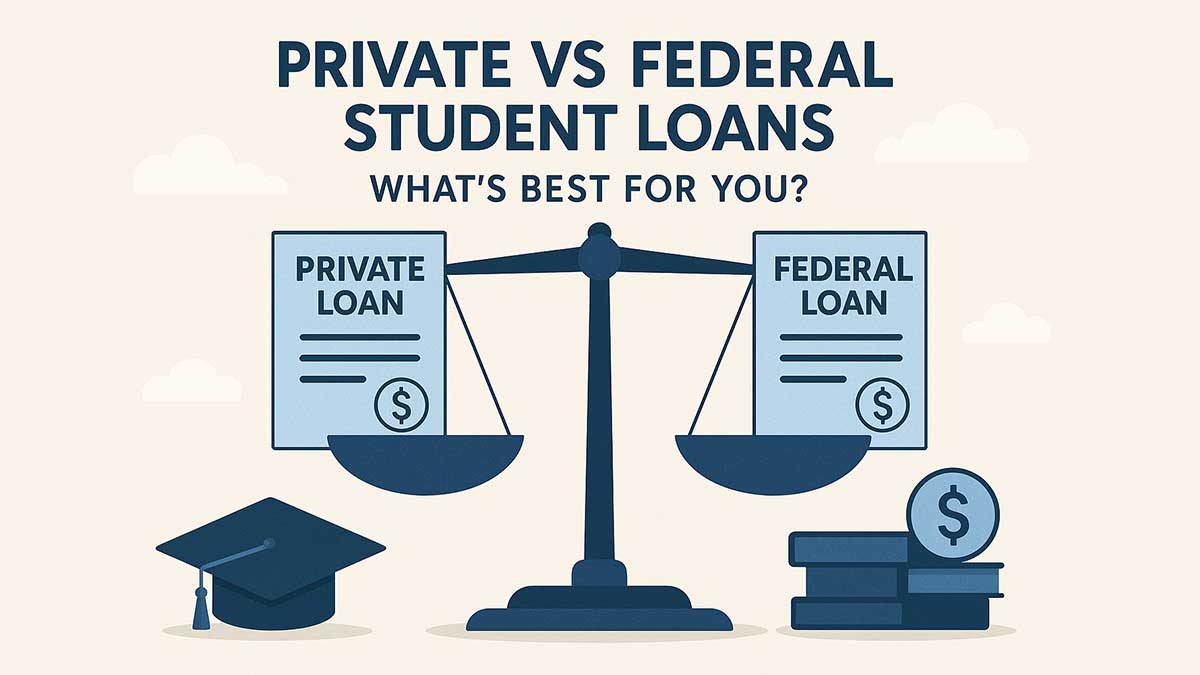

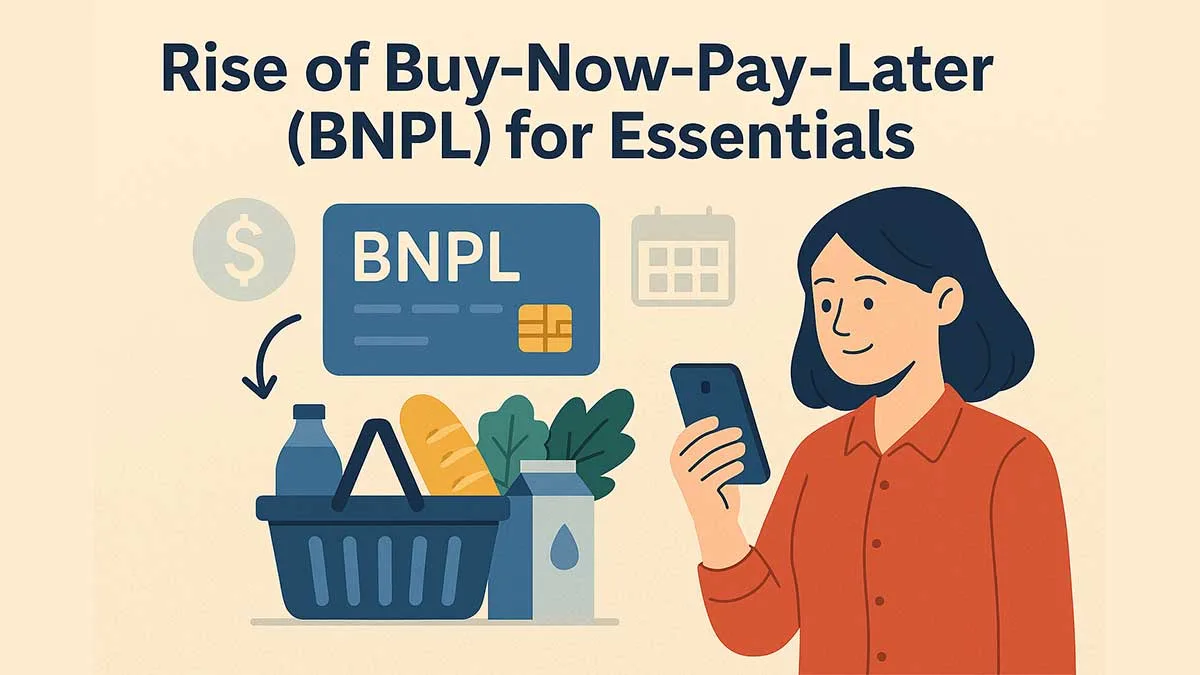
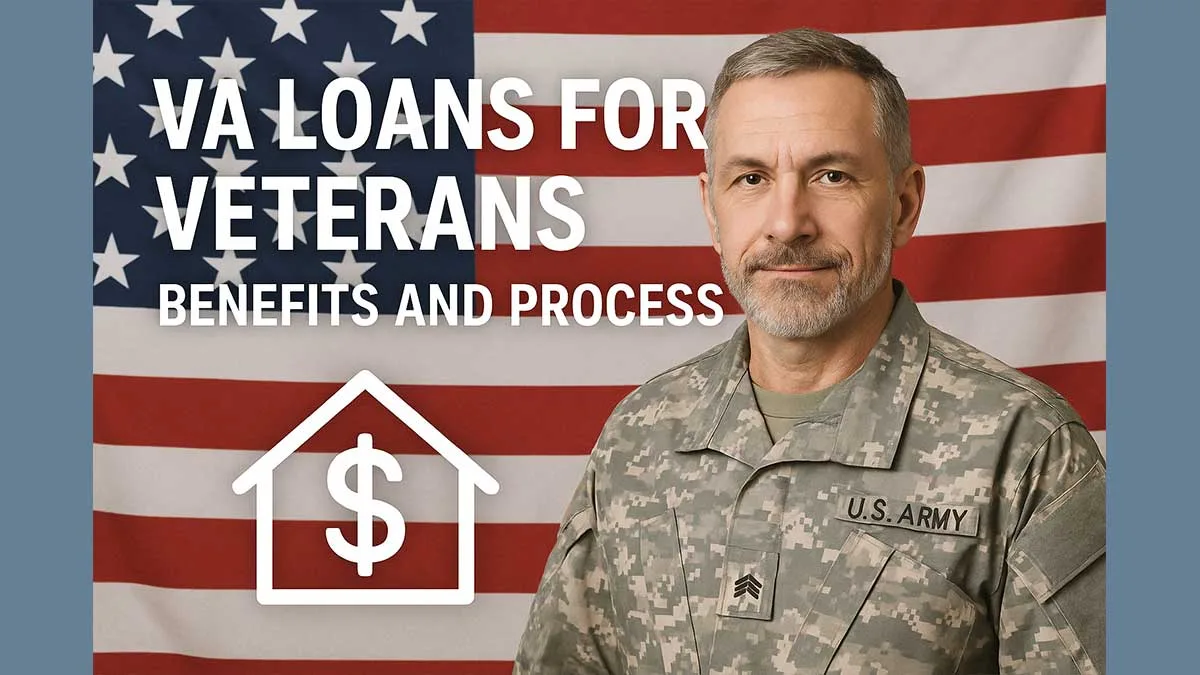
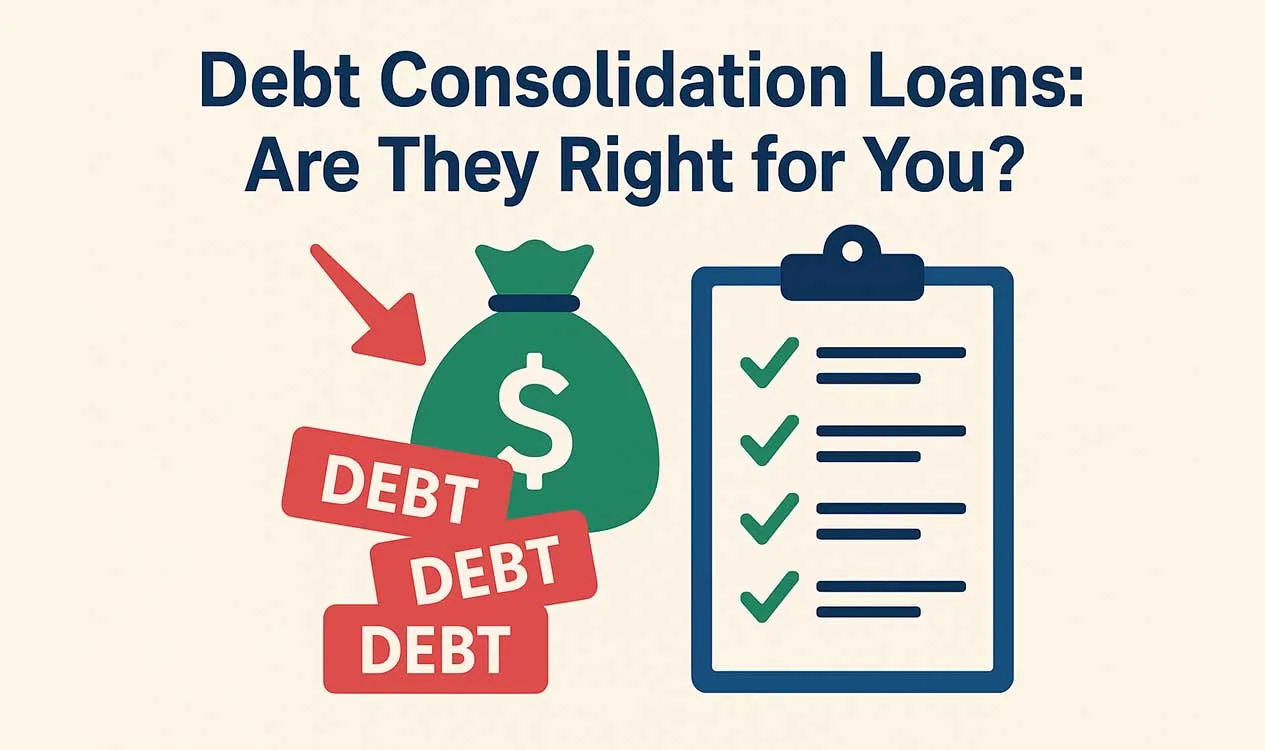
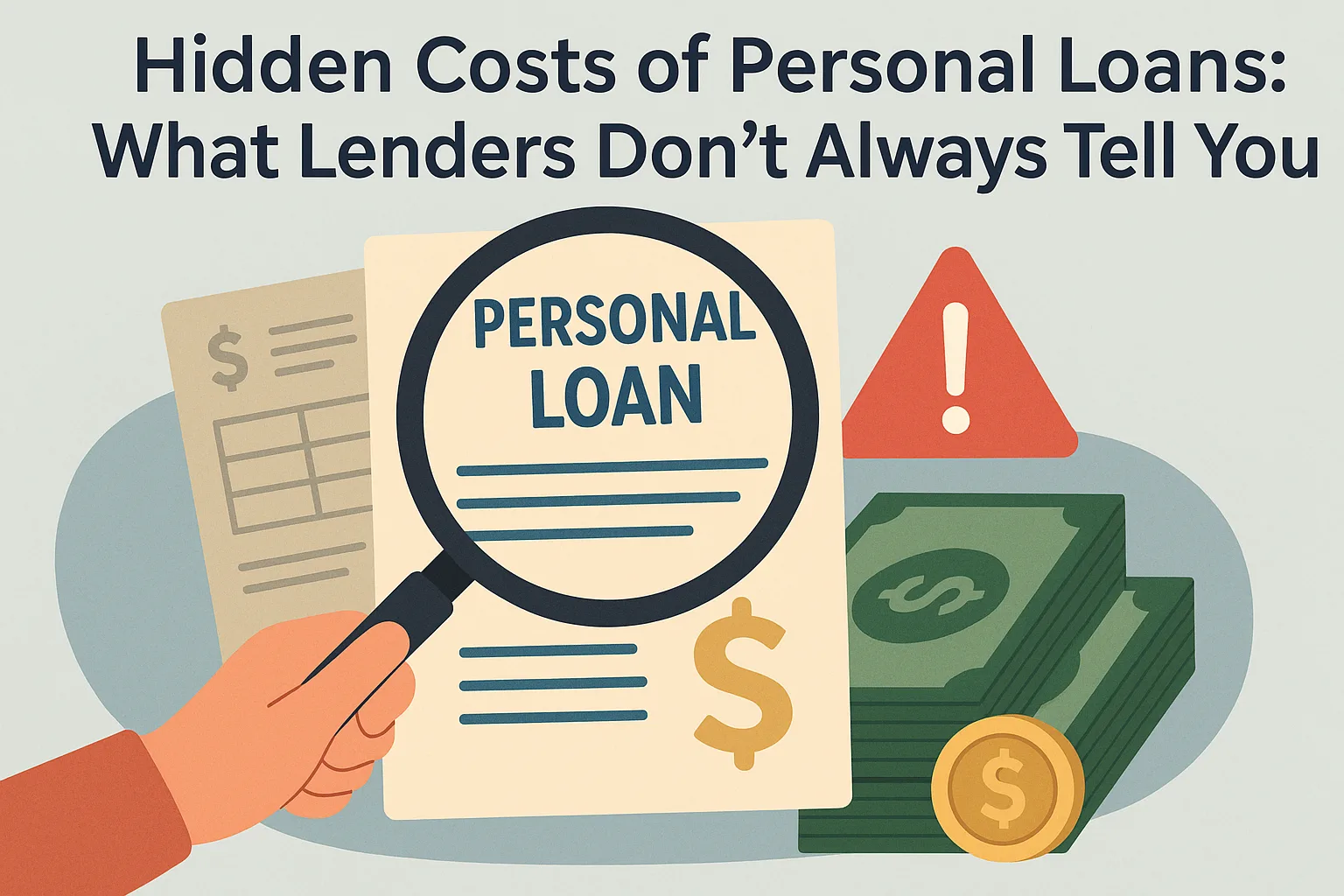
Leave a Reply